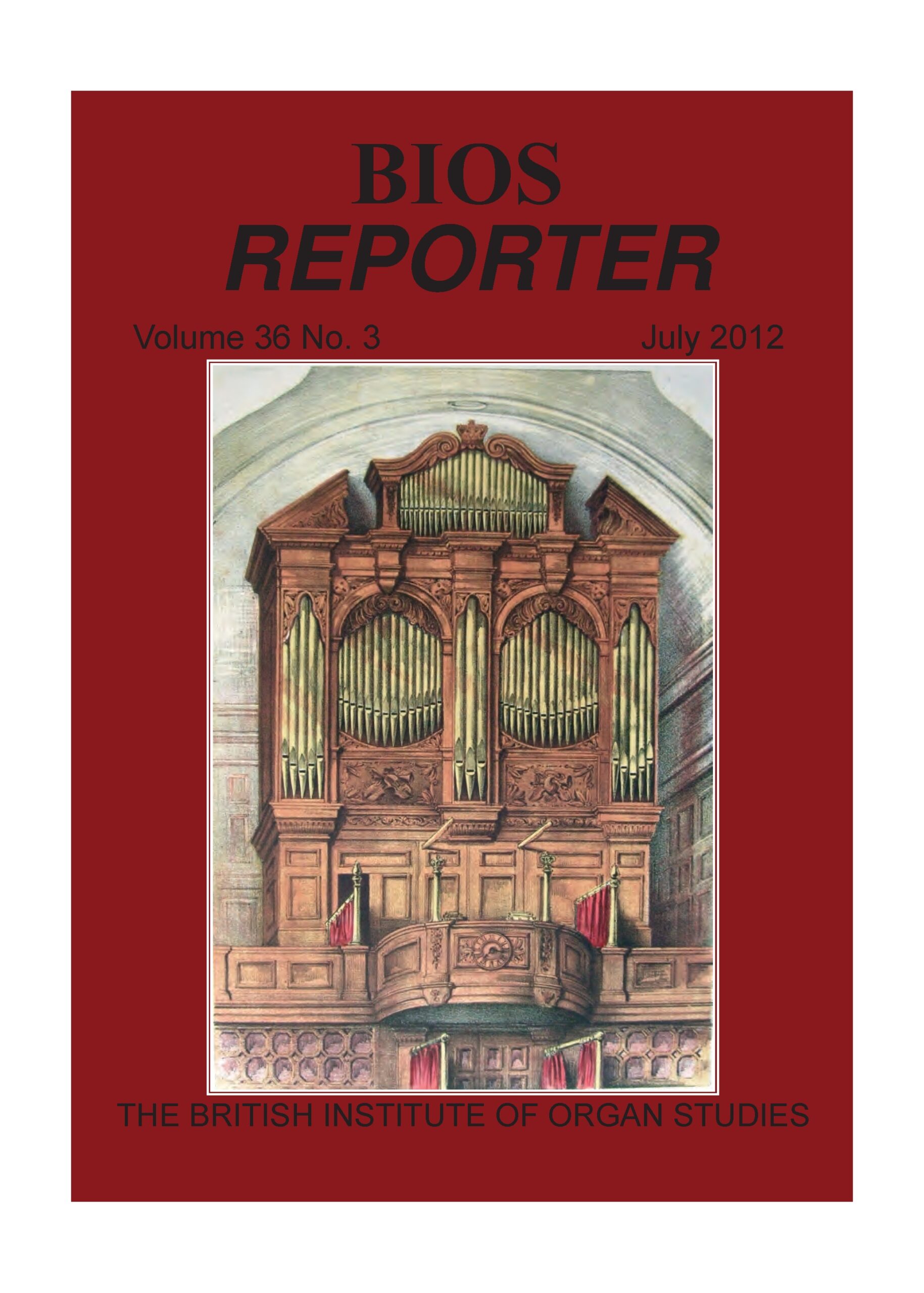The 2012 Oxford Residential conference may not have provided a clear answer to the question posed by the organisers (see p 67) but one of the talks did cover a relevant subject in a very thought-provoking way. Timothy Day’s exploration of the origin of the contemporary ‘Anglican sound’ was based on the availability of almost a hundred years’ worth of recordings and showed that a once diverse sound world of choral singing has converged on a style that became widely known through recordings. This phenomenon is not unique to church music as the same thing has happened with orchestral sound – early recordings of the same symphony played by different orchestras are almost invariably less homogenous than current comparisons. These differences relate to tempi, dynamics, articulation, and much more. More or less by stealth, but there is also a whiff of ‘musical correctness’ about it, the notion has evolved that there are ‘gold standards’ of performance against which all others are measured. It is quite hard to find a piece of choral or organ music that has not been recorded and it is always lurking in the background ready to wag a disapproving finger at your interpretation (or attempt even to play it). There is also a more insidious aspect to recorded sound and it is that the recording may not even be of a single performance. Judicious editing of wrong notes or even pitch may clean up a performance to unachievable perfection…
